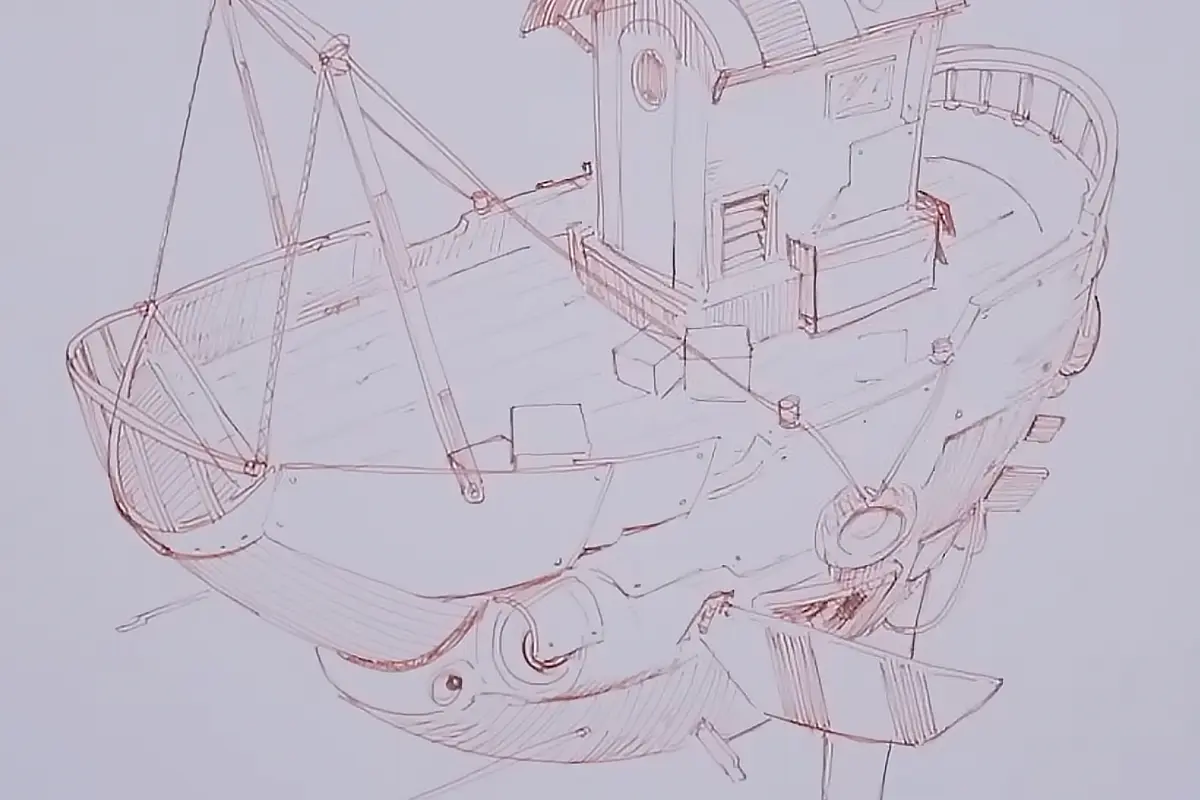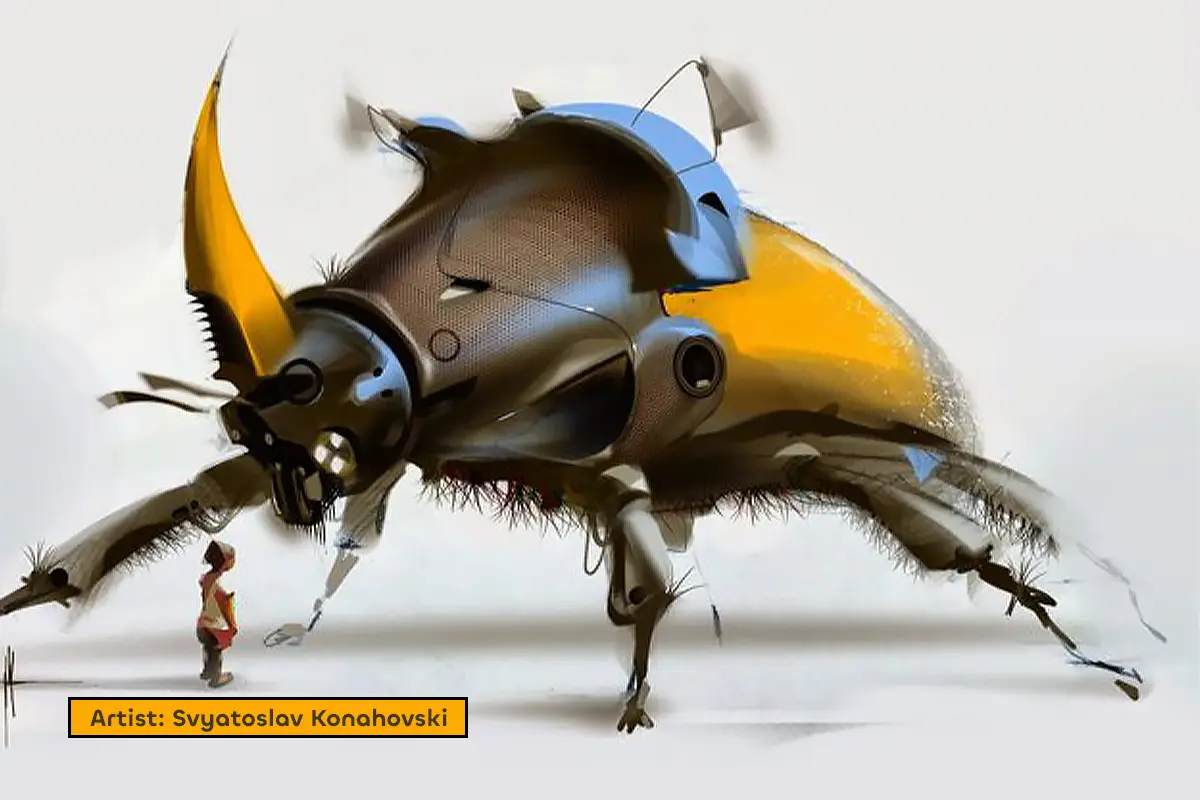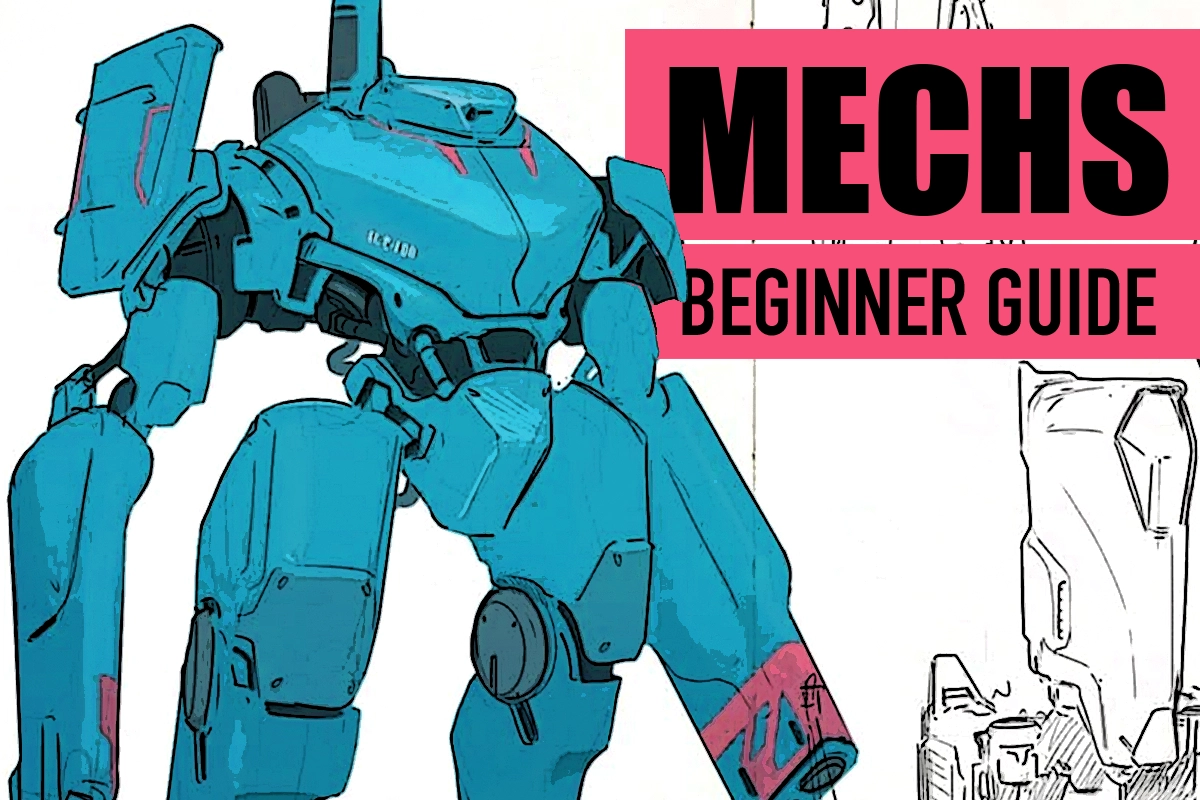
How to Use Scott Robertson’s “How to Draw” Book: A Beginner’s Guide to Perspective and Form
How to Use Scott Robertson’s “How to Draw” Book: A Beginner’s Guide to Perspective and Form
Scott Robertson’s “How to Draw” is a book that almost every artist has heard of—and many own—but not everyone knows how to use it effectively. The book is famous for its deep dive into perspective, technical drawing, and designing objects from imagination. However, it can feel overwhelming, especially for beginners. In this guide, we’ll break down how to approach the book, explain why it can be confusing, and share practical tips so you can unlock its full potential—no matter your skill level.
Understand What the Book Is (and Isn’t)
“How to Draw” is not your typical beginner’s guide. It assumes you already have a good grasp of 3D space and perspective, which means it’s not the best starting point if you’re just learning to draw. Instead, it’s a fantastic resource for artists who want to master technical drawing, especially for product design, vehicles, and environments. The book focuses on accuracy, measurement, and drawing complex objects from imagination.
Master the Basics First
Before diving into “How to Draw,” spend time practicing simple forms like boxes, cylinders, and spheres in perspective. This foundational work will make the book’s lessons much easier to understand. At Artwod, we encourage artists to start with basic shapes and get comfortable manipulating them in 3D space. This approach helps build intuitive spatial awareness, which is essential before tackling the book’s technical challenges.
Use the Book to Deepen Your Perspective Skills
Once you’re comfortable with simple forms, “How to Draw” becomes a powerful tool. The book teaches you how to measure, mirror, and rotate objects in space with precision. It’s packed with exercises on perspective grids, ellipses, and complex constructions—perfect for artists who want to draw vehicles, machines, or environments from imagination.
See our guide on drawing stylized arms from imagination.
Supplement with Intuitive Drawing Practice
Revisit the Book as You Improve
“How to Draw” is a resource you can return to again and again. As your skills grow, you’ll find new insights and techniques in each chapter. Treat it as a reference for perspective and technical drawing, not as a step-by-step guide to becoming an illustrator or concept artist.
Conclusion: Make the Book Work for You
Scott Robertson’s “How to Draw” is a must-have for anyone serious about technical drawing and perspective. While it’s not the best starting point for absolute beginners, it’s an invaluable resource for artists who want to push their skills further. Start with the basics, use the book to deepen your understanding, and always supplement with intuitive drawing practice. With time and patience, you’ll unlock the full power of this legendary manual.


